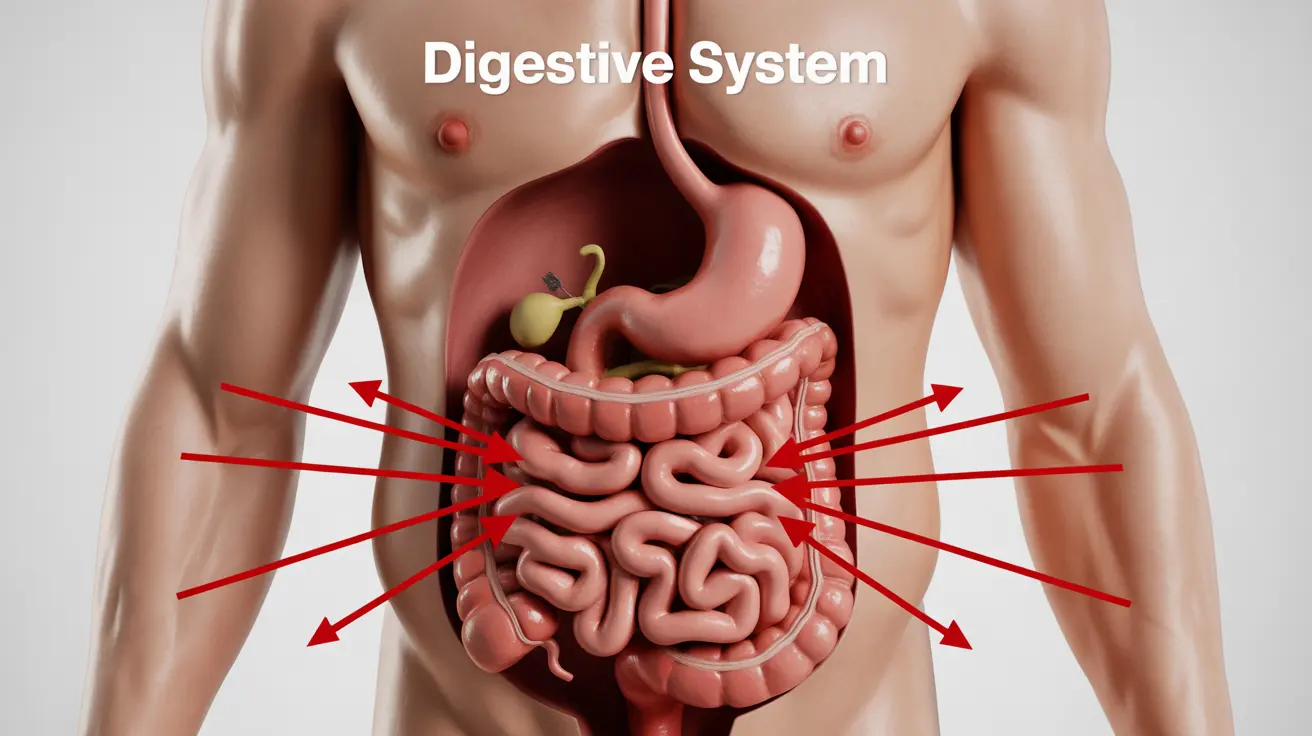Pressure injuries, also known as bedsores or pressure ulcers, are a significant concern in healthcare settings, particularly for individuals with limited mobility. The Braden Scale has emerged as a crucial tool in assessing the risk of these injuries, allowing healthcare professionals to implement preventive measures effectively. This article explores the importance of the Braden Scale in pressure injury risk assessment and its impact on patient care.
Understanding and utilizing the Braden Scale is essential for healthcare providers, especially those working in long-term care facilities or with patients who have reduced mobility. By accurately assessing risk, caregivers can tailor interventions to each patient's needs, potentially preventing the development of painful and costly pressure injuries.
What is the Braden Scale?
The Braden Scale is a widely used assessment tool designed to predict a patient's risk of developing pressure injuries. Developed by Barbara Braden and Nancy Bergstrom in 1987, this scale has become the gold standard in pressure injury risk assessment across many healthcare settings in the United States.
The scale evaluates six key factors that contribute to pressure injury development:
- Sensory perception
- Moisture
- Activity
- Mobility
- Nutrition
- Friction and shear
Each factor is scored on a scale, typically from 1 to 4 (with 1 indicating the highest risk), and the scores are summed to provide an overall risk assessment. A lower total score indicates a higher risk of pressure injury development.
Components of the Braden Scale
Sensory Perception
This component assesses the patient's ability to respond meaningfully to pressure-related discomfort. Patients with decreased sensory perception may not feel the need to change positions, increasing their risk of pressure injuries.
Moisture
Excessive moisture on the skin, often from perspiration, incontinence, or wound drainage, can increase the risk of skin breakdown. The Braden Scale evaluates how often the skin is exposed to moisture.
Activity
This factor considers the patient's level of physical activity. Patients who are bedbound or chair-bound are at higher risk due to prolonged pressure on specific body areas.
Mobility
Mobility assesses the patient's ability to change and control body position. Limited mobility increases the risk of pressure injuries as it reduces the frequency of position changes.
Nutrition
Proper nutrition is crucial for maintaining healthy skin and promoting wound healing. The Braden Scale evaluates the patient's nutritional intake and patterns.
Friction and Shear
This component assesses the amount of assistance needed to move and the degree of sliding on beds or chairs. Friction and shear can damage the skin and underlying tissues, increasing pressure injury risk.
Interpreting Braden Scale Scores
The total Braden Scale score ranges from 6 to 23, with lower scores indicating higher risk:
- 15-18: Mild Risk
- 13-14: Moderate Risk
- 10-12: High Risk
- 9 or below: Very High Risk
Healthcare providers use these scores to guide preventive interventions and care planning. For patients at higher risk, more frequent repositioning, specialized support surfaces, and intensive skin care may be necessary.
The Importance of Accurate Assessment
Accurate use of the Braden Scale is crucial for effective pressure injury prevention. Recent studies have shown that nurse assessments using the Braden Scale's Mobility and Activity subscales correlate well with actual patient movement patterns, as measured by accelerometer sensors. This validation reinforces the reliability of the Braden Scale in clinical practice.
By identifying high-risk patients early, healthcare providers can implement targeted preventive measures, potentially reducing the incidence of pressure injuries and improving patient outcomes. Regular reassessment is also important, as a patient's risk level may change during their care journey.
Implementing Preventive Measures
Based on Braden Scale assessments, healthcare providers can implement a range of preventive measures:
- Regular repositioning schedules
- Use of pressure-redistributing mattresses and cushions
- Skin care regimens to manage moisture and maintain skin integrity
- Nutritional support to promote skin health and wound healing
- Patient and caregiver education on pressure injury prevention
These interventions, when tailored to individual risk levels, can significantly reduce the likelihood of pressure injury development.
Frequently Asked Questions
- What are the primary causes of pressure injuries in nursing homes, and how can they be prevented?
The primary causes of pressure injuries in nursing homes include prolonged pressure on bony prominences, friction, shear forces, and moisture. Prevention strategies include regular repositioning, use of pressure-redistributing surfaces, proper skin care, nutrition management, and education for both staff and residents on prevention techniques.
- How does the Braden Scale work for assessing pressure injury risk, and what does a high-risk score indicate?
The Braden Scale assesses six risk factors: sensory perception, moisture, activity, mobility, nutrition, and friction/shear. Each factor is scored, and the total score indicates the overall risk level. A lower total score (19 or below) indicates higher risk, with scores of 9 or below signifying very high risk. This guides healthcare providers in implementing appropriate preventive measures.
- What are effective ways to manage and treat pressure injuries once they occur?
Effective management of pressure injuries includes relieving pressure through repositioning and specialized support surfaces, wound cleaning and dressing, managing infection if present, optimizing nutrition to support healing, and addressing underlying health issues. Advanced treatments may include negative pressure wound therapy or surgical interventions for severe cases.
- Can nutrition play a role in preventing pressure injuries, and what foods are beneficial for skin health?
Yes, nutrition is crucial in preventing pressure injuries. Foods rich in protein, vitamins A and C, and zinc are particularly beneficial for skin health. These include lean meats, eggs, dairy products, colorful fruits and vegetables, nuts, and seeds. Adequate hydration is also essential for maintaining skin integrity.
- What are the most common symptoms of pressure injuries, and when should I seek medical attention if I suspect someone has one?
Common symptoms of pressure injuries include persistent redness, swelling, warmth, or tenderness in skin areas, especially over bony prominences. Other signs include changes in skin texture, color, or temperature. Seek medical attention immediately if you notice any of these symptoms, especially if accompanied by skin breakdown, blisters, or open wounds. Early intervention is crucial for preventing progression and complications.




